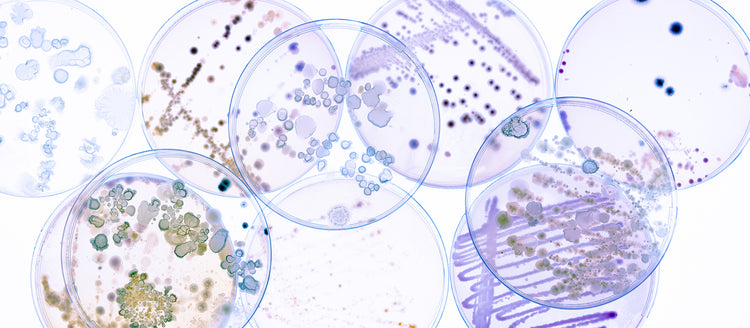Collection: Bacterial & Microbiological Research

These days, we have various fermented foods, condiments, and beverages. Around the world, people enjoy miso, soy sauce, natto, sake, pickles, cheese, yogurt, surströmming, and beer.
Before refrigerators, the food preservation problem may have been so severe that people took the risk even if the food was slightly decayed. Thanks to the food adventures of our ancestors, microorganisms have enriched our diet.
Recently, much attention has been given to studies such as the significant role of the intestinal microflora (intestinal flora) in our health. Microorganisms are still the cause of food poisoning and disease, but research is underway to have microorganisms produce substances with medicinal effects.
Storing Microorganisms
Although glycerol stock storage may be the primary method of storing microorganisms, it is a good idea to keep a backup in case of unexpected accidents such as power outages or incubator failure. Microbial preservers are devices that can dry store microorganisms alive at room temperature.
Culturing Microorganisms
Bacteria that are invisible to the naked eye can become visible as colonies if grown in a culture medium. Watson Bio Lab's loops and needles, which are used to rub the bacteria onto the culture medium during seeding, must not be contaminated. Watson Bio Lab's loops are available in individually sterilized packages or small quantities in zipper bags, depending on the application.

